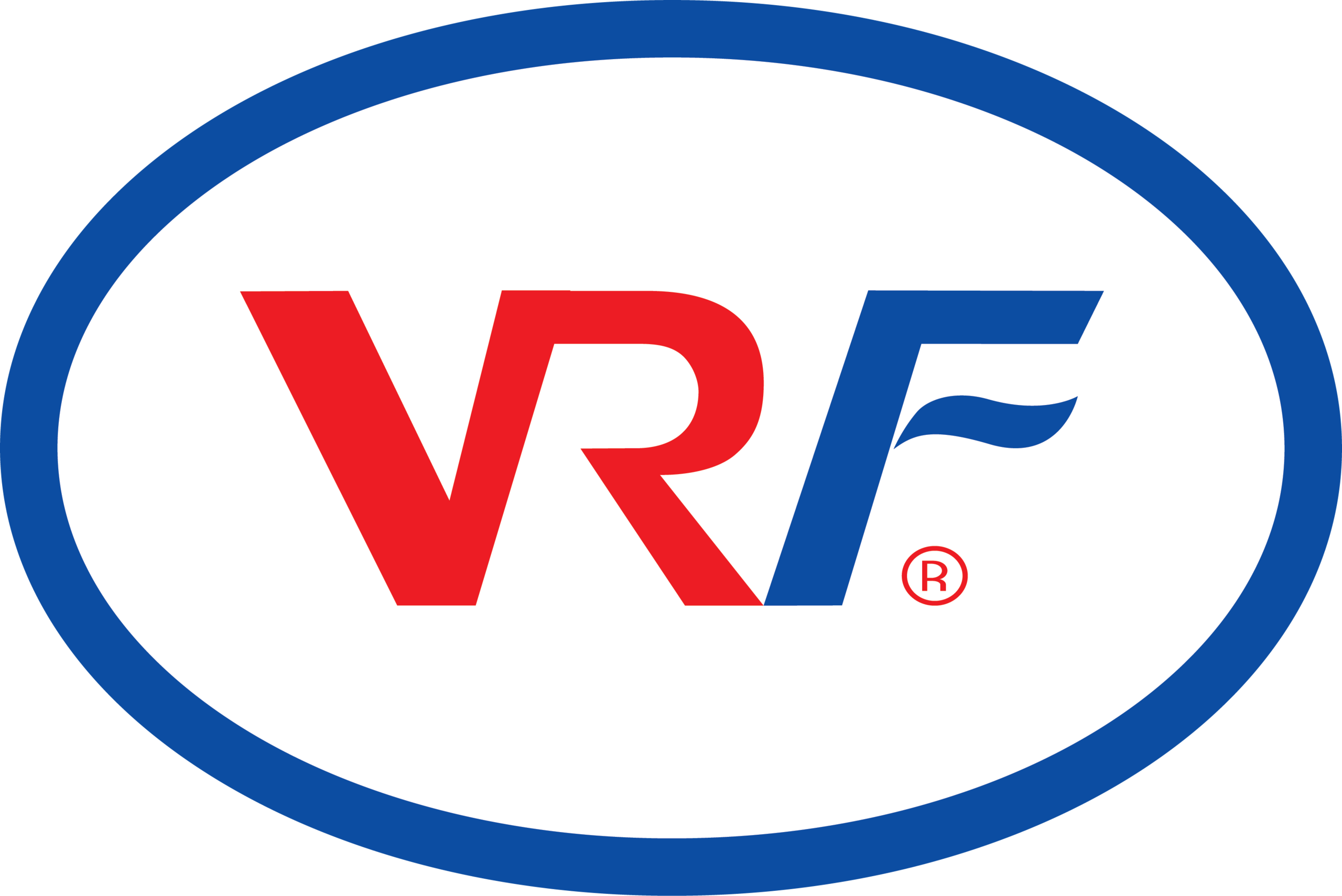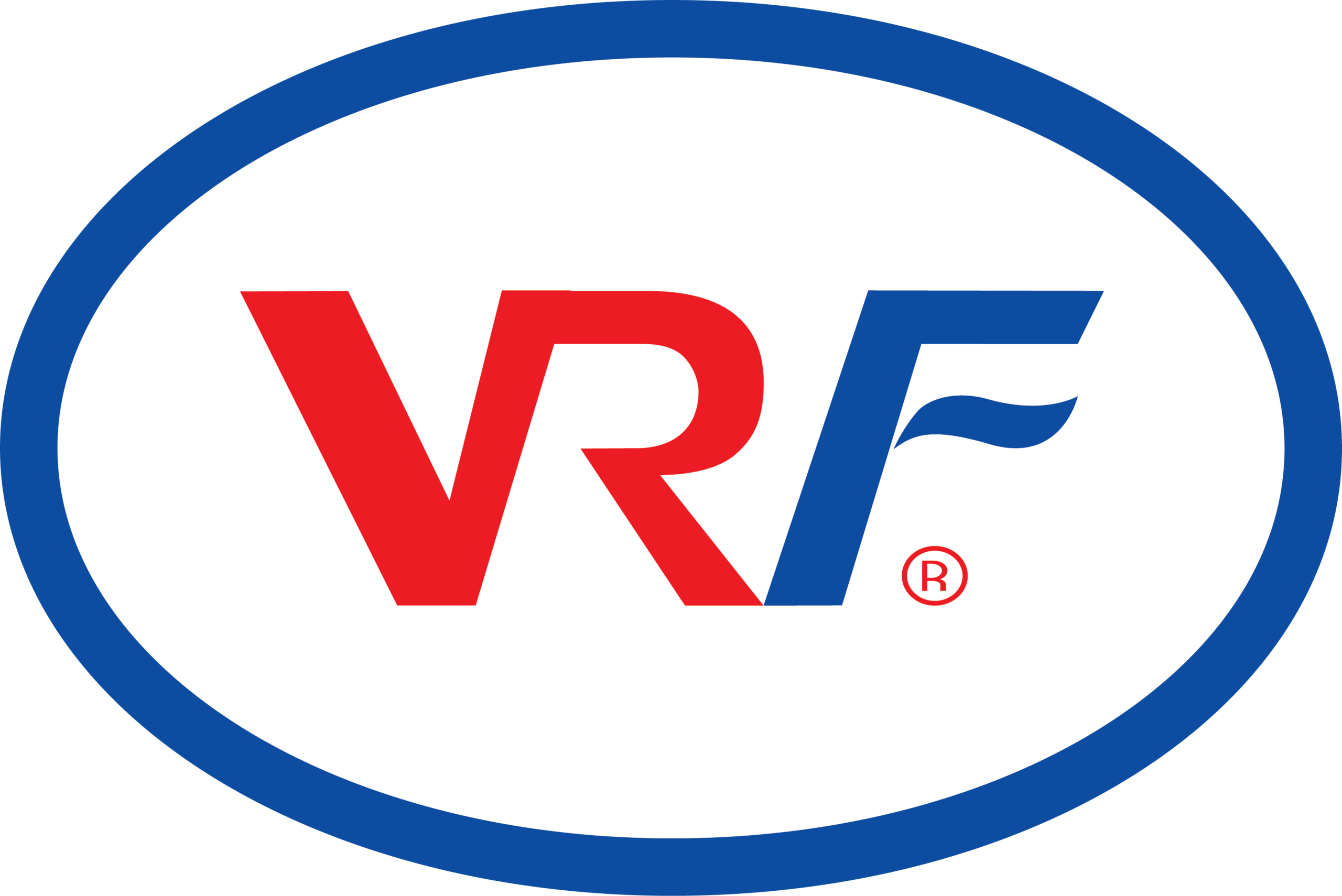The chemical industry is experiencing a phase of accelerated transformation, and glacial acetic acid stands out as a crucial intermediate fueling growth across multiple manufacturing sectors. Its ability to support high-purity chemical reactions and its importance in producing a wide range of derivatives have made it indispensable for industries such as packaging, textiles, adhesives, and pharmaceuticals. As global industries expand their output capacities, the demand for stable and efficient chemical inputs like glacial acetic acid continues to rise. This growing dependency reflects not only market needs but also evolving technological landscapes shaping industrial workflows.
To analyze market growth opportunities and competitive scenarios, companies rely on reliable intelligence platforms such as glacial-acetic-acid-market. These insights help manufacturers and investors study production rates, cost structures, and potential growth shifts across major economic zones. Moreover, businesses increasingly examine region-specific data, such as glacial-acetic-acid regional insights, to uncover local opportunities and assess risk factors influenced by regulatory frameworks, resource availability, and industrial activity.
Regional variations remain one of the most decisive factors shaping the global trajectory of glacial acetic acid consumption. The Asia-Pacific region, especially China and India, continues to dominate global production due to lower manufacturing costs, evolving chemical infrastructure, and brisk downstream demand. Many producers in these regions are leveraging large-scale facilities, advanced oxidation processes, and proximity to high-demand markets to achieve cost efficiencies. Meanwhile, several Western regions are enhancing sustainability standards, requiring producers to integrate greener technologies into their manufacturing frameworks.
North America experiences steady demand due to expanding pharmaceutical, packaging, and food processing industries. Manufacturers in the region are focusing heavily on improving operational efficiency through digital monitoring systems and advanced catalytic solutions. Europe, with its strong emphasis on environmental responsibility, continues to encourage producers to adopt cleaner processes. Regulatory pressures have prompted chemical manufacturers to develop low-emission technologies, strengthening the region’s commitment to sustainable growth.
Latin America and the Middle East present rising opportunities as investments in industrial sectors increase. The surge in infrastructure development, agriculture-related chemicals, and consumer goods manufacturing has created a promising environment for glacial acetic acid adoption. Local governments are offering incentives to attract chemical producers and accelerate regional industrialization, which contributes to the expansion of glacial acetic acid applications.
Supply chain stability is another area shaped by regional dynamics. While Asia leads in production, the heavy concentration of manufacturing in a specific region creates vulnerabilities. Disruptions due to geopolitical tensions, natural calamities, or supply shortages can create global ripple effects. Companies are increasingly diversifying sourcing strategies, exploring additional manufacturing locations, and forming strategic partnerships to reduce risk exposure.
Overall, the interplay between regional industrialization patterns, technological enhancements, and evolving regulatory frameworks is shaping the long-term outlook for glacial acetic acid. Stakeholders that invest in region-specific strategies, supply resilience, and innovative manufacturing processes are likely to strengthen their market position in this evolving global landscape.


